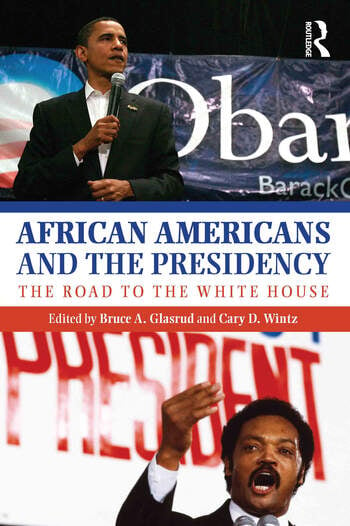The Race Conflict in Southern States: An Ethnological Study of the Original Types and the Effects of Hybridity
Savannah, Georgia
1899
4 pages
Source: Open Library OL23367995M
Jos. A. Roberts

Far back in the dim vista of ages, anterior to the current ideas of Noah or Adam, Egyptian records show that there were four great race types, or groups; and clear and distinct as they were orginally portrayed, so have they come down to this our day. Not one has ever been merged into another. Indeed, it seems to be a natural instinct, that like seeks like. Of these race types three have sent down to us their separate records, each in its special symbolic mode; and from these it appears that at some time each as held a ruling place among the races or nations. Of the fourth type (the negro) there is no record. Even at this late date he has not invented an alphabet; he has made no history, has discovered nothing, conquered nothing, invented nothing, produced nothing.
The only instance in which he has moved out of his original bounds is when he was forcibly (and let us admit, wickedly), carried off by other races and enslaved. And it is the only race that has ever submitted to permanent servitude, and that has never shown itself capable of ruling. In “darkest Africa” what has it done? In Hayti and Santo Domingo, abandoned to negro and hybrid domination, what has been the outcome? A retrogression into the original state of barbarism. Such was and is the record of the negro, lowest of all other races.
The Anglo-Saxon variety of the original Japhetic or Aryan type is at present foremost among all the world’s people. In intelligence and enterprise it has no compeer. No other race has ever had dominion over it since the days of Caesar. The people of these United States, children of the Anglo-Saxon, came to this country to escape a rule of superstition and fanaticism. The Puritan, the Quaker and the Huguenot were all actuated by the same motive. Such was the original element in the settlement of North America, and such is today the ruling power over all this continent. Thus, we have the highest and the lowest of all the race types contrasted, and on this showing what claim has the negro to rule the Anglo-Saxon race? The one came here of his own volition to escape an odious rule; the other was brought here forcibly to be a slave. And now the slave sets up to rule the master. Is it not a case of “Physician, heal thyself” before attempting to control and lead others?
Of the Hybrid—that is a mixture of two or more of these original types—the record is worse than of the originals. The most striking example of this fact is to be found among those Autochthones upon whom the Spaniard, in his piratical, buccaneer-fashion, came. He seems to have had an especial proclivity for miscegenation, and wherever he went he left a debased breed behind him in every instance…
…The Mulatto (hybrid) is in thirty states of this union, an illegitimate product. And, to the honest student of ethnology, this restriction is a wise one, for it is in accordance with a great law of nature, which cannot be violated with impunity. The tendency of this hybrid is to run out unless crossed with the parent stock on either side, and there is high authority for a belief that “inter se” the mulattos are not fertile beyond the third generation. At best their children are less able to resist disease than those of either pure type. Thus, indeed, are the sins of the parent visited upon the children unto the third generation…
Read the entire book here.









